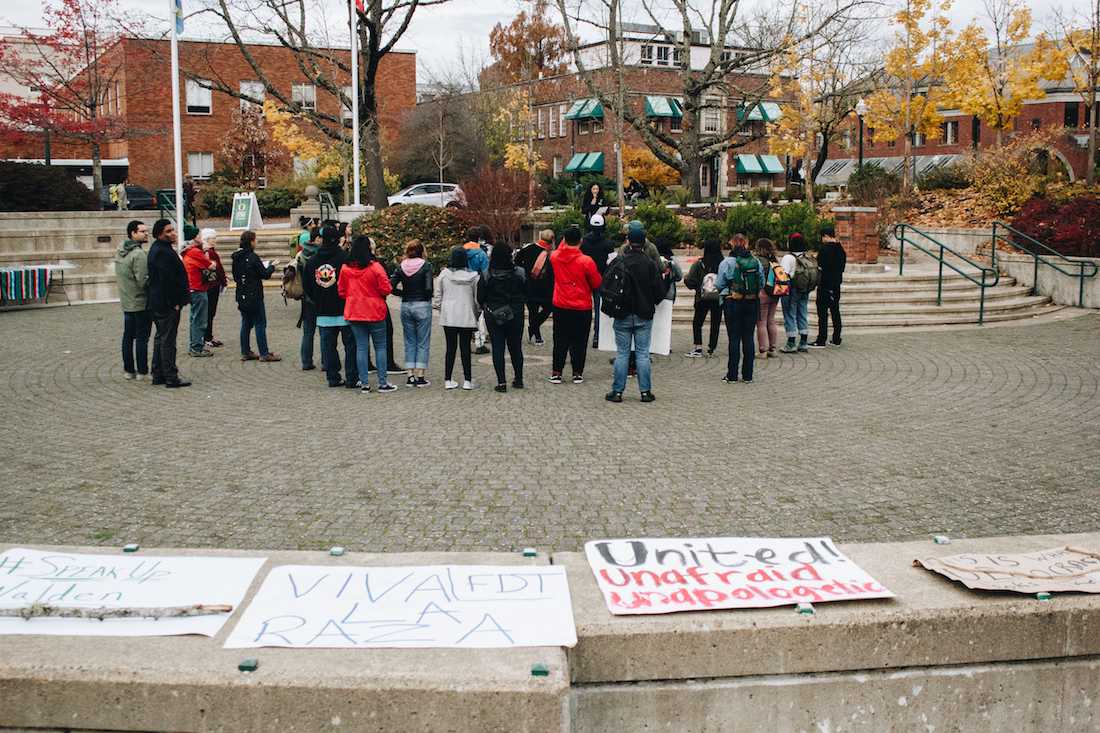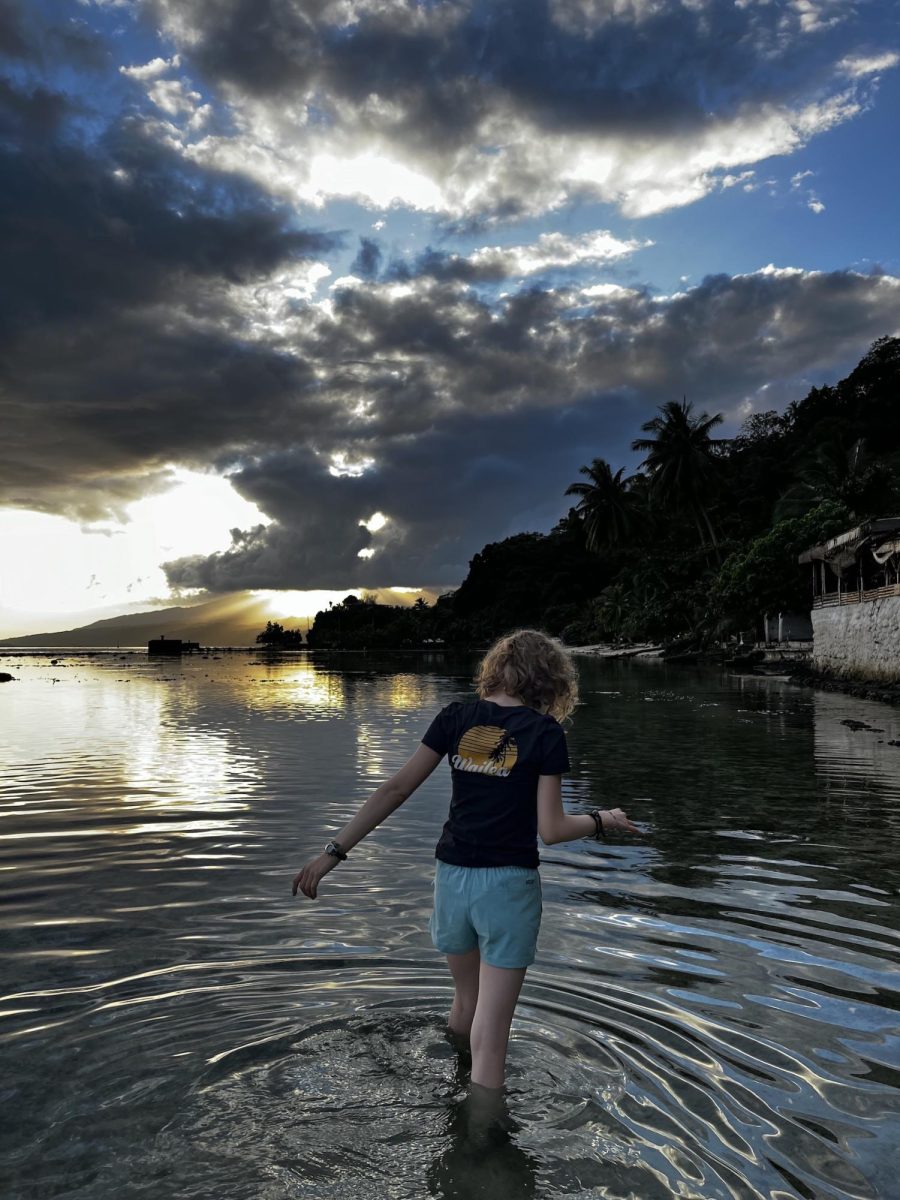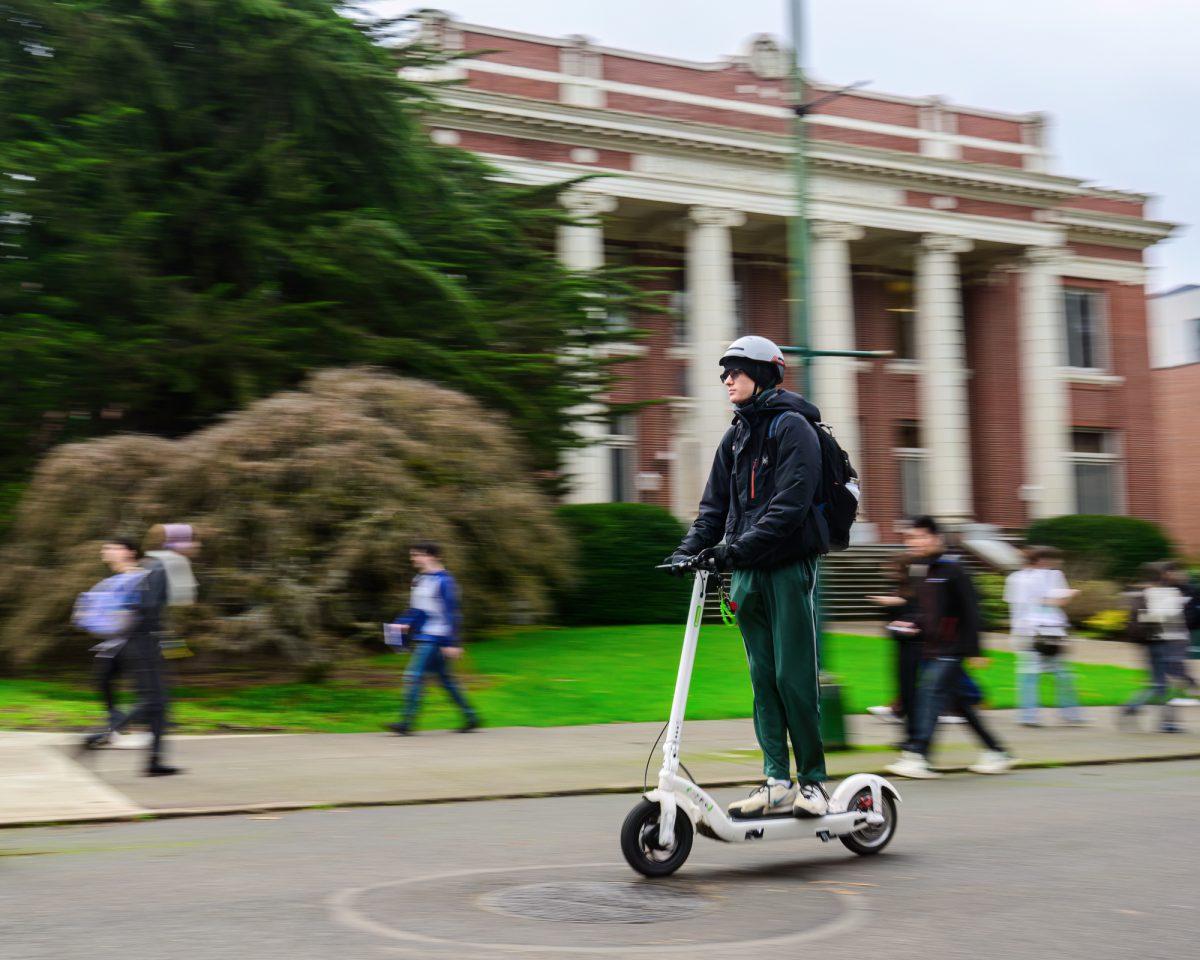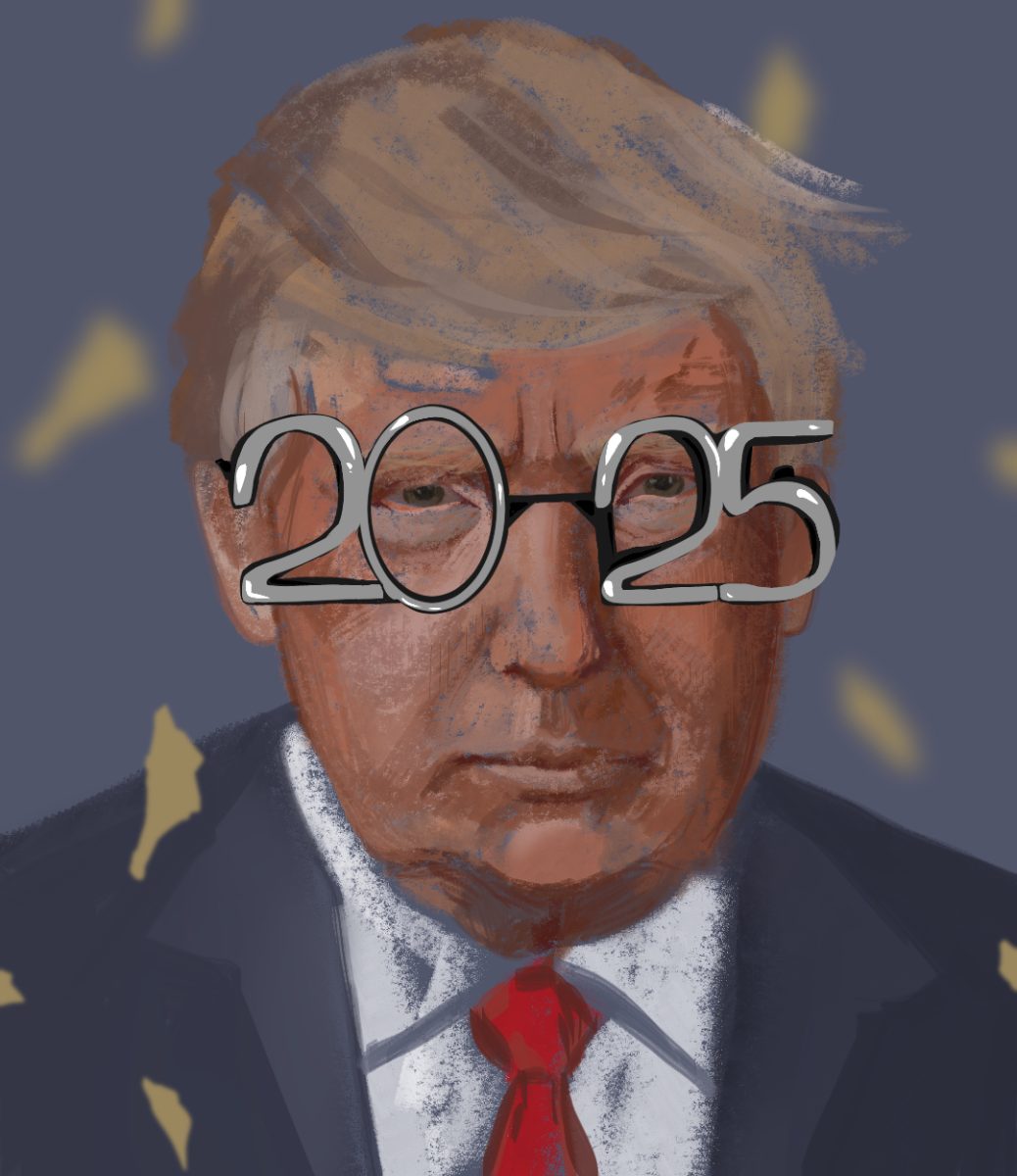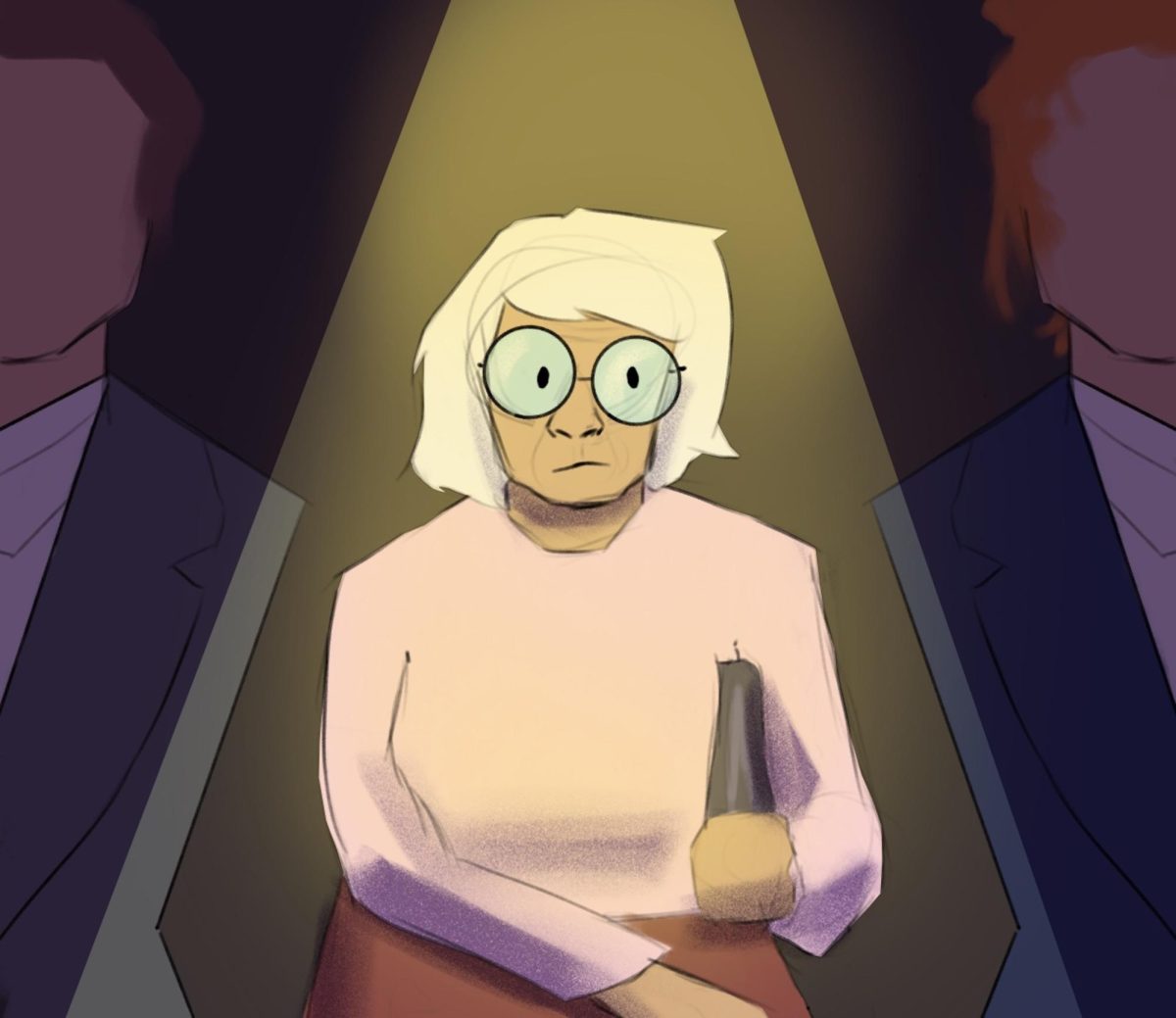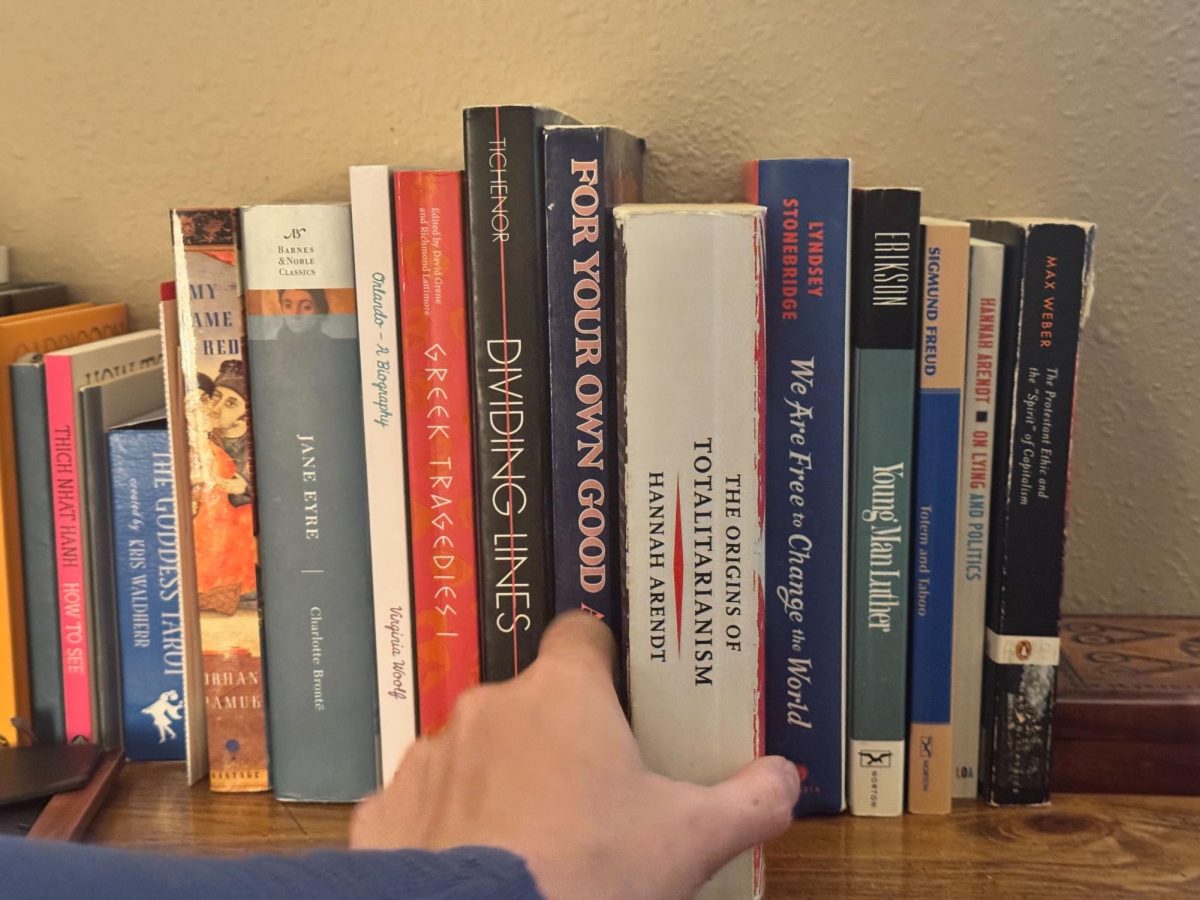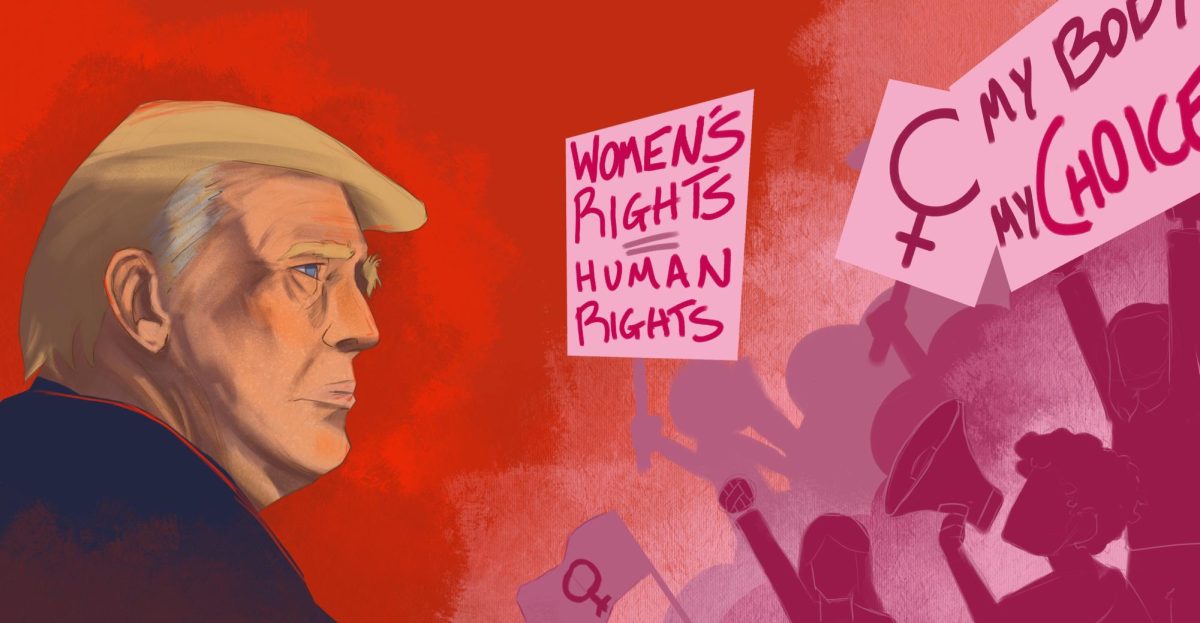It is no secret that there are DACA students currently attending the University of Oregon, and that’s the story to write about. This past year, DACA has been at risk of termination by the Trump administration and has regularly been in the news. So to be in close proximity to this community and not attempt to get a story would be a journalistic sin.
In the UO School of Journalism & Communications (SOJC), we are taught to be persistent, to go into offices, call a dozen times and force our way to get that interview. We are conditioned to chase the story. What the SOJC doesn’t tell us is that this is a good strategy to get the attention of CEOs, politicians and people in power. This isn’t how you get communities to tell you stories. Marginalized student organizations such as MEChA, MUXERES or NASU aren’t people in power, so using these tactics as a form of reporting feels more like harassment than good journalism.
According to the Atlantic, there is a distinguished connection between the lack of diversity in newsrooms and the diversity of stories that are being reported. Minorities make up over 40 percent of the US population, but a 2017 study by the American Society of News Editors showed that minorities made up only 16.55 percent of employees reported by participating newsrooms. This lack of diversity not only hurts the newsrooms ability to report on marginalized communities, but also the accessibility for said communities when they want to share their stories. If they do not see themselves represented in newsrooms they may feel that it doesn’t matter if their stories get heard.
Since the 2016 presidential election, SOJC students have been coming into the MEChA office on an almost weekly basis asking for information on DACA membership, according to interior director of MEChA Andrea Castillo. Due to privacy, MEChA refuses to give out any information regarding DACA members.
Castillo said it creates an uncomfortable and unsafe environment for many MEChA members, and it was only heightened this past term. Recently, a journalism instructor allegedly gave students an assignment that required them to interview a DACA recipient. MEChA received emails asking for information on these students, Castillo said.
Although Castillo understands the need to chase the story, assignments such as these make way for giving into stereotypes.
“[Journalism] students are coming to MEChA because there is a stereotype that DACA [recipients] are Mexican. There is a multitude of problems with just that sentence [in] particular. There are so many more [ethnic] background[s] of students that receive DACA and there are so many other kinds of immigrant people who aren’t Mexican.”
This incident, although cringeworthy, has shined light on the crumpling relationship that runs between student of color organizations and journalism students.
July Ramirez, internal director of UO Muxeres, said that her organization also received these emails from journalism students. She stated that whether or not there are DACA students in Muxeres, they are not at liberty to share that information.
According to July, there is unease when talking to journalism students because there is no trust built with the reporter and much less between news outlets and marginalized people.
“When it comes to interviews from white people, what I see a lot of the time is assumptions and that becomes a little tokenizing. I feel like I have to be a little bit more on guard and I have to explain interactions that I wouldn’t normally think to explain to a POC journalism student.”
For July, the lack of diversity of the journalism students brings feelings of discomfort when discussing her experiences as a person of color.
Castillo said that she doesn’t know when the rocky relationship between journalism students and MEChA began, but it has only gotten worse since the election. Concerns about tokenism and journalism students’ intentions are often a reason why MEChA holds back from talking to them.
“When someone outside your community comes in and tries to talk to you about how it is to live your life, it’s very unsettling. Because there has to be a [difference] between coming in and exposing a minority community for their culture and… really understand[ing] what it is to live in it. There’s a stigma that journalists are only in it for the story and not for the understanding. Like what is the real purpose behind this interview and what is the information being used for?”
Senior journalism instructor Lisa Heyamoto says that the SOJC is a leader in community engagement and strategic planning journalism, but she acknowledges the issues that arise with new journalists when they are trying to cover communities they are unfamiliar with.
“One of the things that our students are doing is building empathy, but it’s so hard to understand how that particular feeling is and how very vulnerable people feel. I think it’s just really RIPE for missteps. What I would tell students who are interested in doing those stories is check your motivation. Make sure that you are coming at this from a very respectful empathic space. Remind yourself constantly that you as a journalist have a lot of power in this situation and (when) talking to someone who is feeling maybe powerless you can never ever forget that sort of the dynamic.”
The lack of diversity, community building and understanding of privilege are factors of rocky relationships these organizations have with journalism students, according to Castillo and Ramirez
As journalists, we need to learn to step back at times and allow the people to lead. If we force our ways into spaces and to stories, then the stories that need to be heard won’t be. And that won’t be on our readers, it will be on us.
Fernandez-Alvarado: The straining relationship between minorities and journalists
Veronica Fernandez-Alvarado
April 23, 2018
It is no secret that there are DACA students currently attending the University of Oregon, and that’s the story to write about. This past year, DACA has been at risk of termination by the Trump administration and has regularly been in the news. So to be in close proximity to …
0
More to Discover

